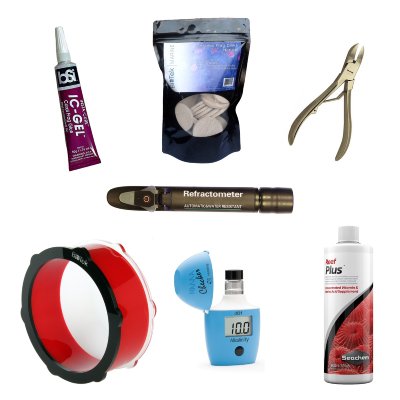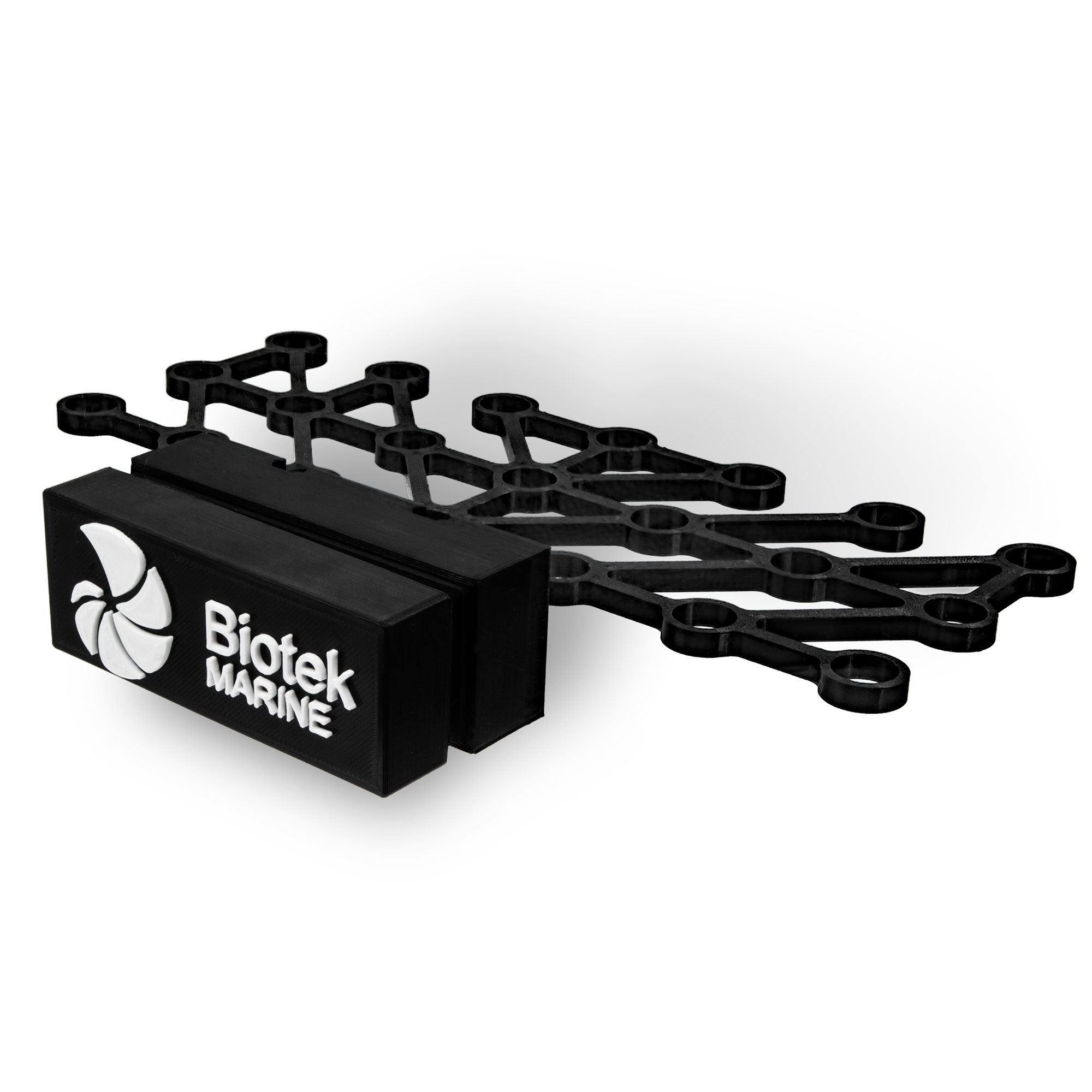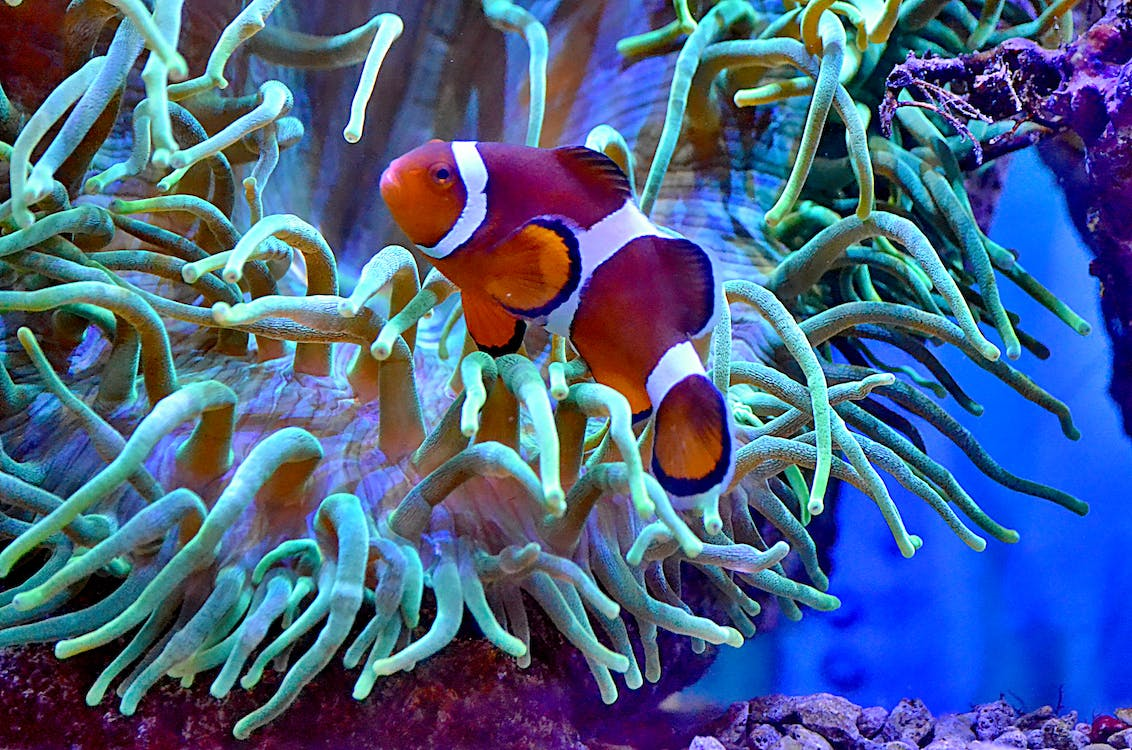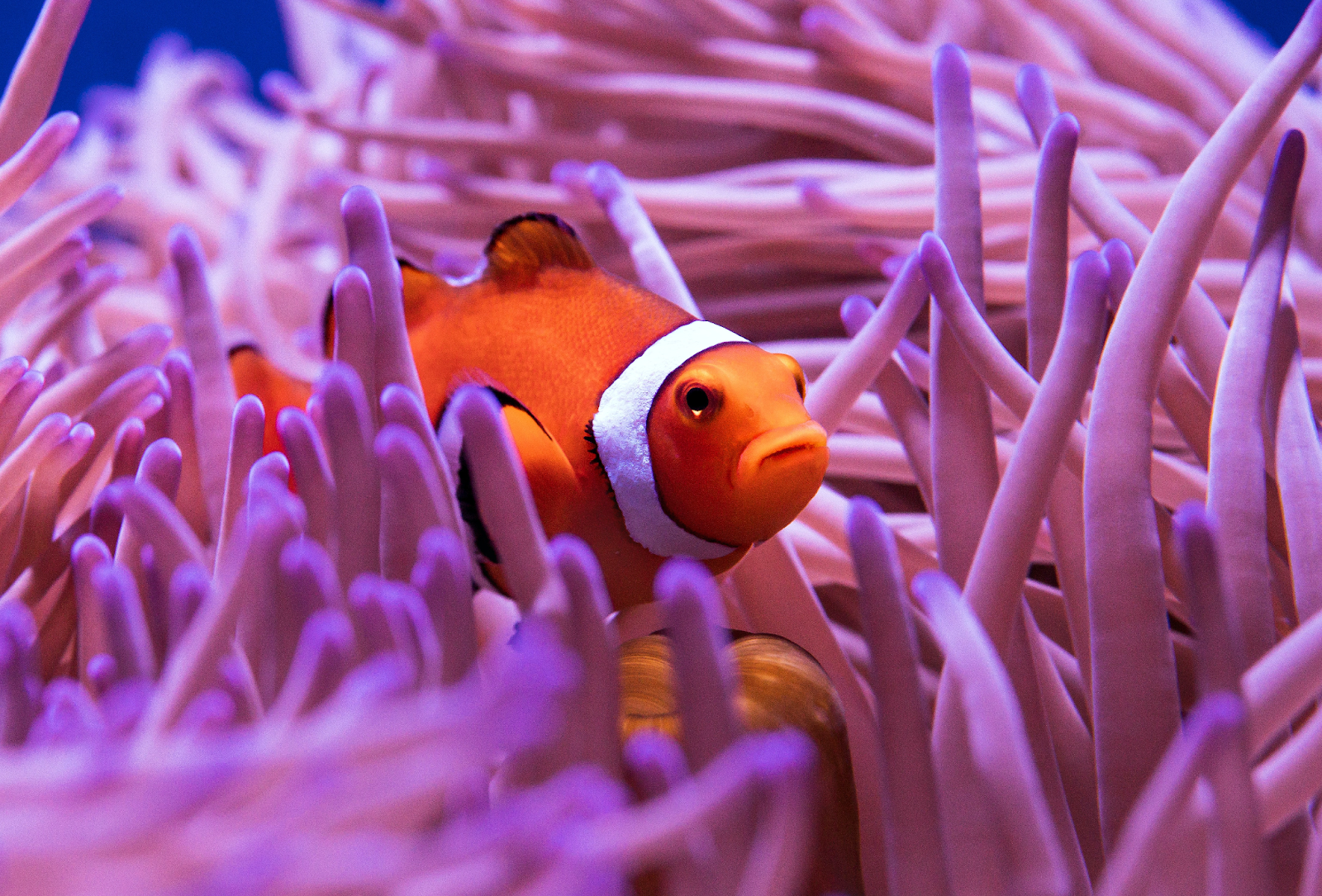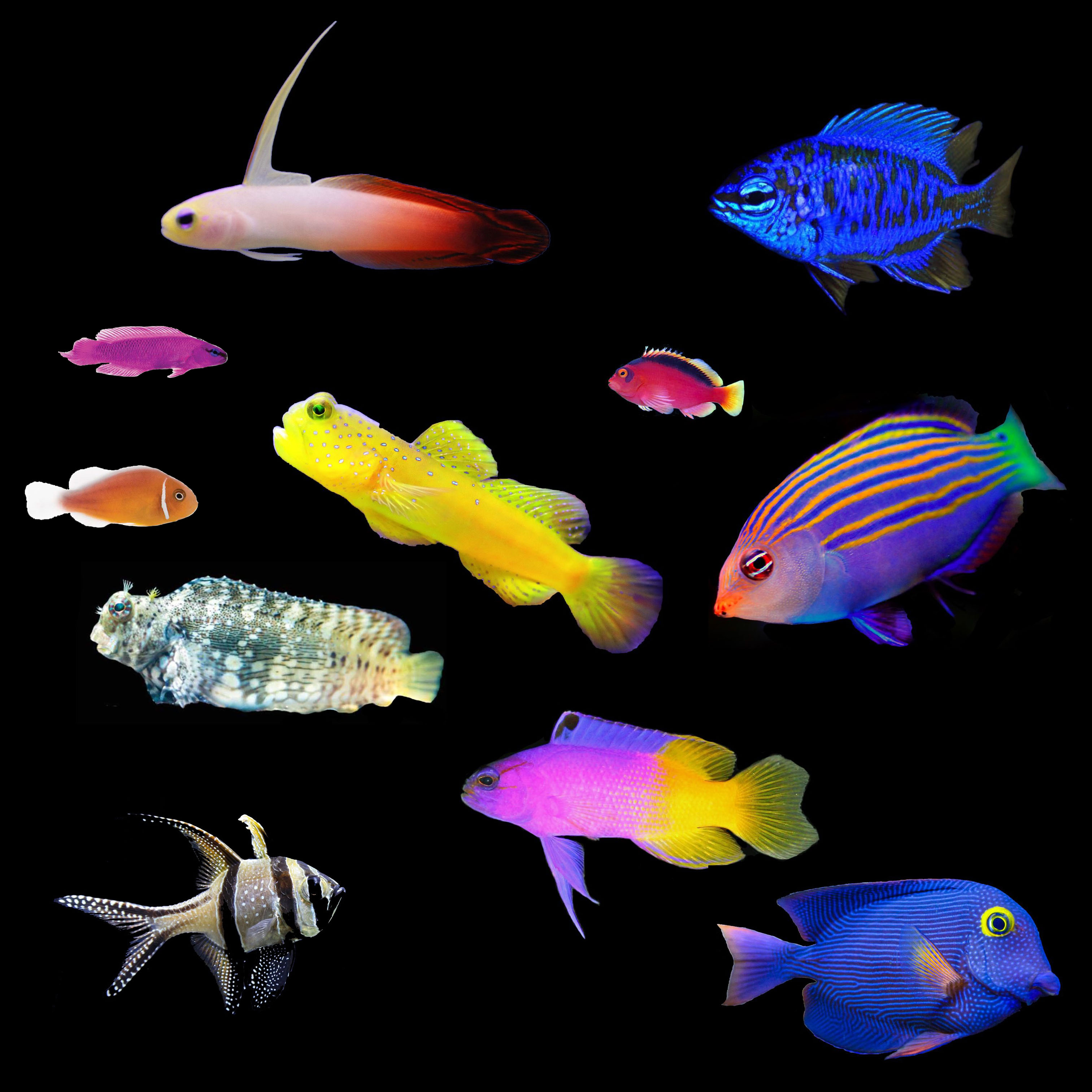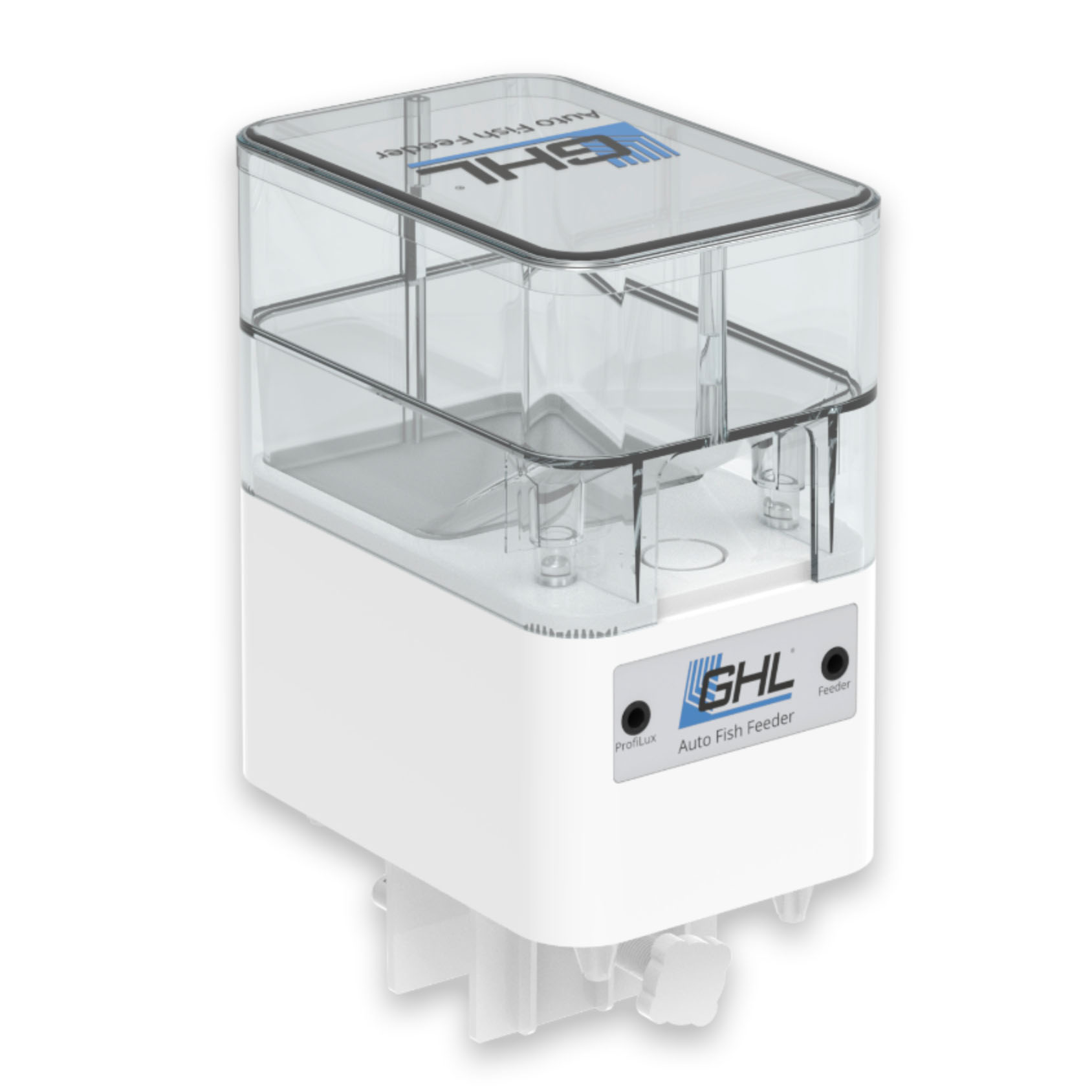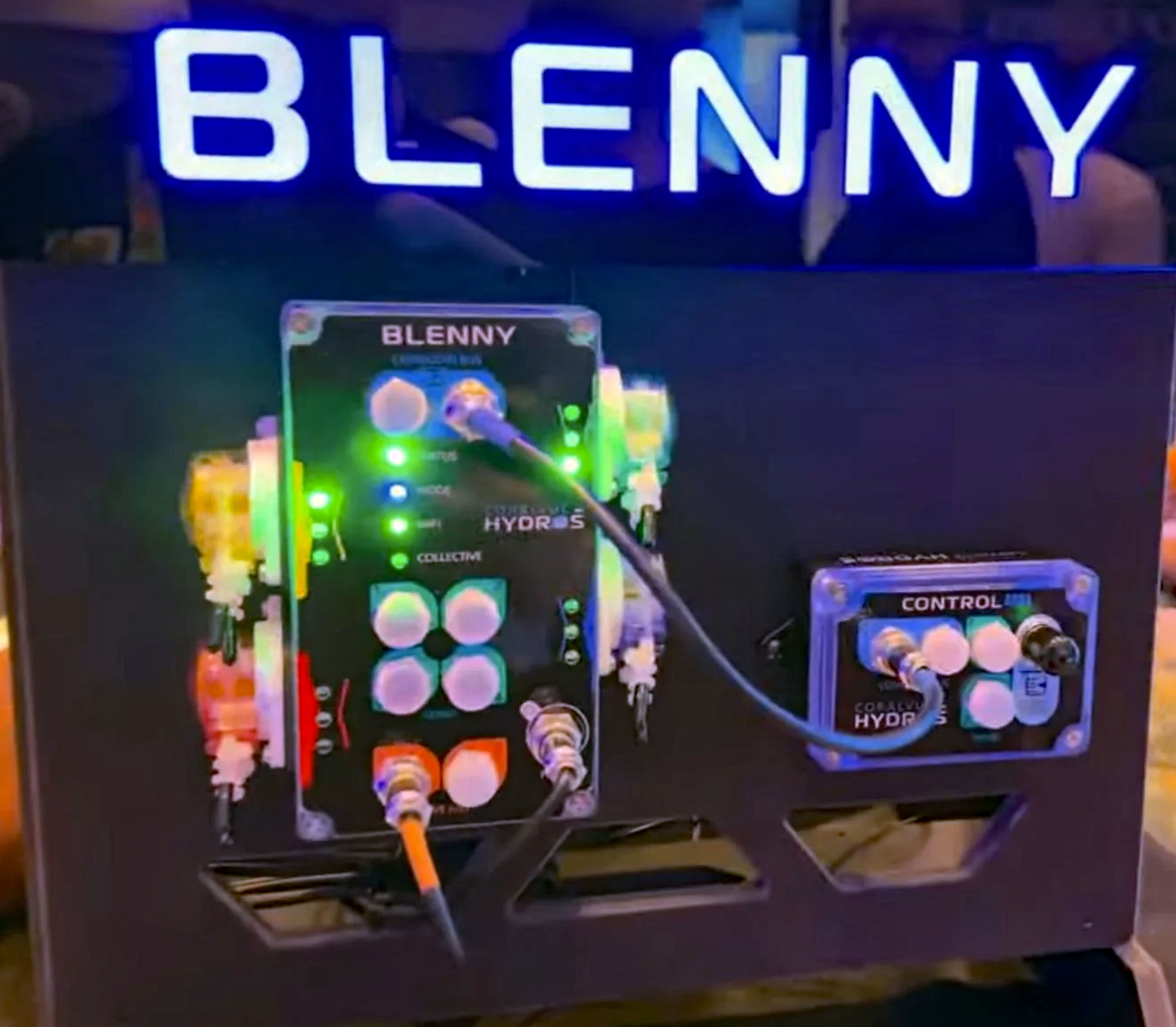We use cookies to make your experience better. To comply with the new e-Privacy directive, we need to ask for your consent to set the cookies. Learn more.
Oman Clownfish (Amphiprion omanensis): A Complete Guide to Habitat, Diet, Reproduction, and Captive Breeding
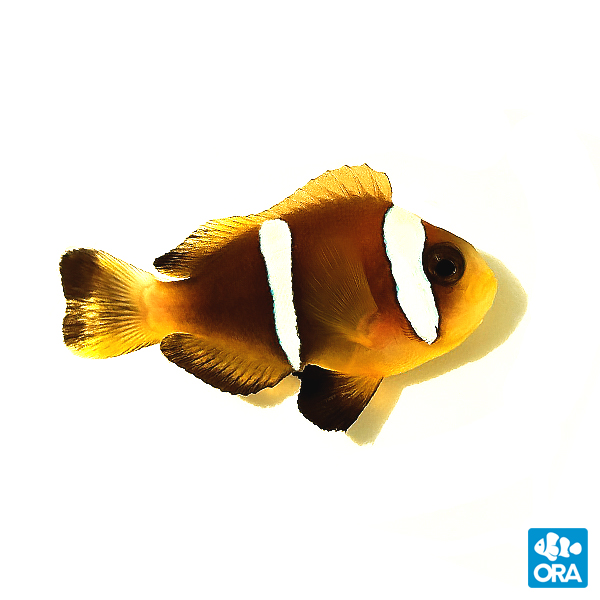
The Oman Clownfish, scientifically known as Amphiprion omanensis, is a captivating species that has intrigued marine enthusiasts and biologists alike. Known for their bright colors, fascinating social behaviors, and symbiotic relationships with sea anemones, Oman Clownfish are a popular choice for aquarium hobbyists worldwide. Recently, sustainable aquaculture efforts have enabled the captive breeding of Oman Clownfish by De Jong Aquaculture & Marine Life which has partnered with Oceans, Reefs & Aquariums (ORA), helping to reduce the pressure on wild populations and offering ethically sourced fish for aquarium keepers.
Natural Habitat and Geography
The Oman Clownfish is naturally found in the warm, shallow waters of the Indian Ocean, specifically in the coastal waters around Oman. These fish prefer reef environments with rich coral ecosystems and abundant anemone species, which provide shelter and protection. Oman Clownfish tend to inhabit depths between 3 and 15 meters, where water temperatures range between 75–82°F (24–28°C). The clear waters of this region, paired with the rich biodiversity of the reefs, create an ideal environment for this species to thrive.
Diet and Feeding Habits
In the wild, Oman Clownfish are omnivores, with a diet consisting of small planktonic crustaceans, algae, and detritus. Their varied diet helps keep them healthy in captivity and they will easily accept prepared meaty food and algae based foods. In aquariums, these fish readily accept various foods, making them suitable for aquarists of all experience levels. They thrive on high-quality pellets, frozen mysis or brine shrimp, and finely chopped seafood, alongside a plant-based component, like spirulina or algae-based foods, which mimic their natural diet.
Symbiosis with Anemones
One of the most notable aspects of Oman Clownfish behavior is their symbiotic relationship with sea anemones, such as Heteractis magnifica or Stichodactyla gigantea. This mutualistic relationship offers clownfish protection from predators while the anemone benefits from the clownfish’s waste, which provides essential nutrients. Clownfish possess a unique adaptation to avoid the stinging cells of the anemone tentacles by secreting a protective mucus, allowing them to live safely within the anemone's protective embrace.
Reproduction and Life Cycle
Oman Clownfish exhibit fascinating reproductive behaviors, characterized by a monogamous bond and a strict social hierarchy. In each anemone, a dominant female and male form a breeding pair, while other non-breeding individuals remain in the social group. If the female dies, the dominant male undergoes a sex change to become the female—a phenomenon known as sequential hermaphroditism.
Breeding pairs lay eggs on a flat surface near their host anemone, often on rocks or coral. The eggs are cared for by the male, who fans and protects them from potential threats. After about 6–10 days, the eggs hatch into larvae, which then drift in the open ocean until they mature and settle on the reef. With ideal water conditions and high-quality nutrition, Oman Clownfish can reproduce year-round in captivity, making them a sustainable option for aquarists.
Captive Breeding by ORA
Organizations like Oceans, Reefs & Aquariums (ORA) & De Jong Aquaculture & Marine Life have made significant advancements in the captive breeding of Clownfish along with other species of fish, ensuring that these fish are available to the aquarium trade without impacting wild populations. De Jong Aquaculture & Marine Life's breeding program focuses on creating vibrant, healthy Oman Clownfish by providing optimal conditions that closely mimic their natural habitat. This includes controlled environments with anemone hosts, diverse diets, and stable water parameters, allowing Oman Clownfish to reproduce successfully in captivity.
Captive-bred Oman Clownfish have numerous advantages for aquarists, including a greater resilience to common diseases, adaptability to aquarium conditions, and an overall lower environmental impact. By choosing captive-bred clownfish from ORA, hobbyists can enjoy these fascinating fish while supporting conservation efforts and reducing the demand for wild-caught specimens.
Caring for Oman Clownfish in an Aquarium
For those interested in keeping Oman Clownfish, providing a stable, reef-like environment is essential. The ideal tank should have a minimum volume of 20 gallons and maintain water temperatures between 75°F and 82°F, with a pH of 8.1–8.4. Incorporating a host anemone, if possible, can allow the clownfish to exhibit more natural behaviors, although they can also thrive without one. Regular water changes, high-quality filtration, and stable water parameters will help ensure a long, healthy life for your Oman Clownfish.
The Oman Clownfish is an ideal choice for aquarists interested in vibrant, hardy marine species with fascinating behaviors. Thanks to ORA’s captive breeding efforts, aquarium enthusiasts can now enjoy Oman Clownfish while supporting conservation. These captive-bred Oman Clownfish offer a sustainable alternative to wild-caught specimens, promoting environmental stewardship in the marine hobby.




